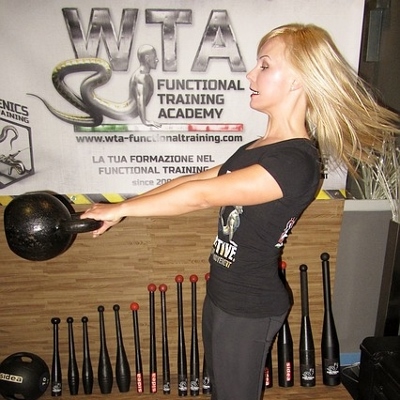 The funny thing about aging is that exercise becomes more important than ever, but you also have more body parts telling you to stop the madness right this instant. Unfortunately, it’s entirely possible that you might actually exacerbate the risk of developing serious illness by giving up cardio exercise altogether.
The funny thing about aging is that exercise becomes more important than ever, but you also have more body parts telling you to stop the madness right this instant. Unfortunately, it’s entirely possible that you might actually exacerbate the risk of developing serious illness by giving up cardio exercise altogether.
A friend’s father is one such example. This man has type 2 diabetes, high blood pressure, and high cholesterol levels. Smoking and a generally stressful work life didn’t improve the conditions, although he faithfully took his medication. His sole exertion was weekly walks in the park. When he retired, he took things easy by watching a lot of TV, gaining weight in the process. To everyone’s surprise, he also gave up smoking almost overnight.
However, as he had almost all of the risk factors* for it, he was recently diagnosed with coronary artery blockage and underwent an angioplasty. Theoretically, he should’ve resumed exercising regularly as soon as possible to help with the healing. Sadly, he avoids exertion now for fear of aggravating his condition, even though a complete lack of exercise would actually leave him vulnerable to subsequent heart conditions.
In fact, coronary heart disease (CHD) is not a reason avoid exercise, although it does limit the extent to which a person can exert him or herself. Identical to general exercise guidelines, exercise after CHD treatment should be sustained, regular (4-5 times weekly), span approximately 30 minutes, and be vigorous enough that the person feels warm and slightly out of breath, but not breathless. This means that he should resume his walks. As he’s had an angioplasty, he should consult his doctor to determine the level of exertion that is appropriate for him.
In general, being a “try-athlete†would do more harm than good, as it could increase the chances of a heart attack; however, he should pursue regular and moderate, minimal-impact aerobic exercise. Examples include power walking as opposed to cross-country running.
I would even suggest yoga, which aids relaxation and pain management while exerting the cardiovascular system in a moderate, sustained manner. I’m pretty sure that he’d feel better and more optimistic instead of sinking into gloom over his weakened physical state and watching more TV, which would only make things worse. In fact, regular cardio exertion would help manage his weight, cholesterol, and diabetes as well.
* Family history, age, gender, high cholesterol levels, smoking, high blood pressure, obesity, diabetes, stress, physical inactivity





